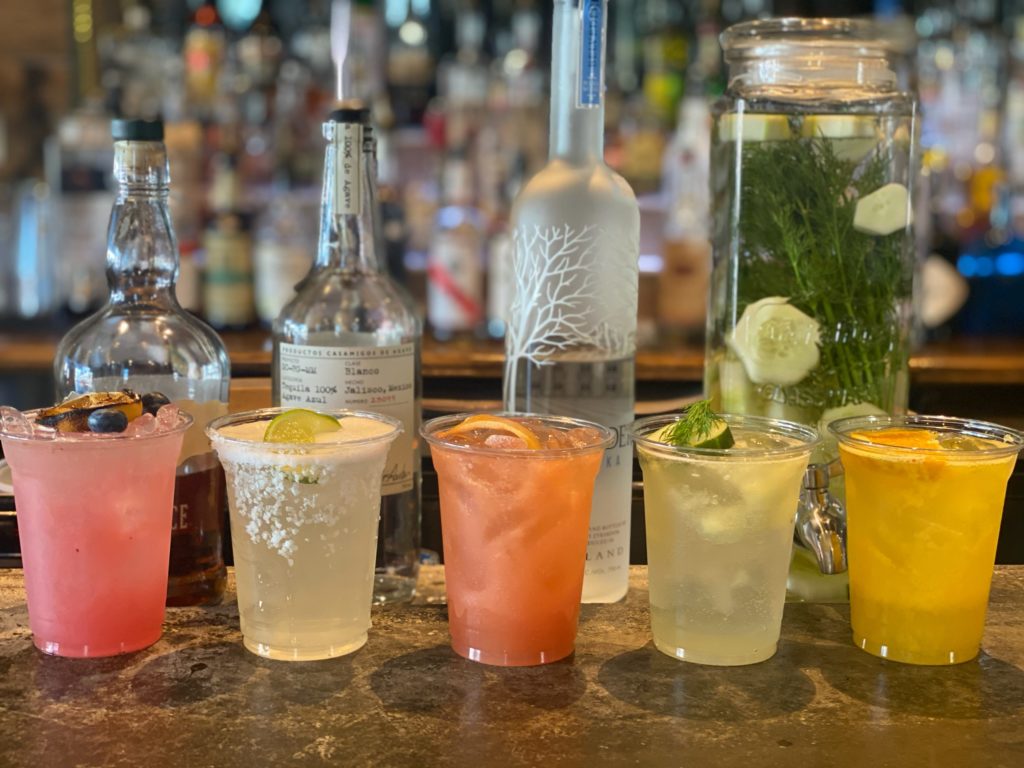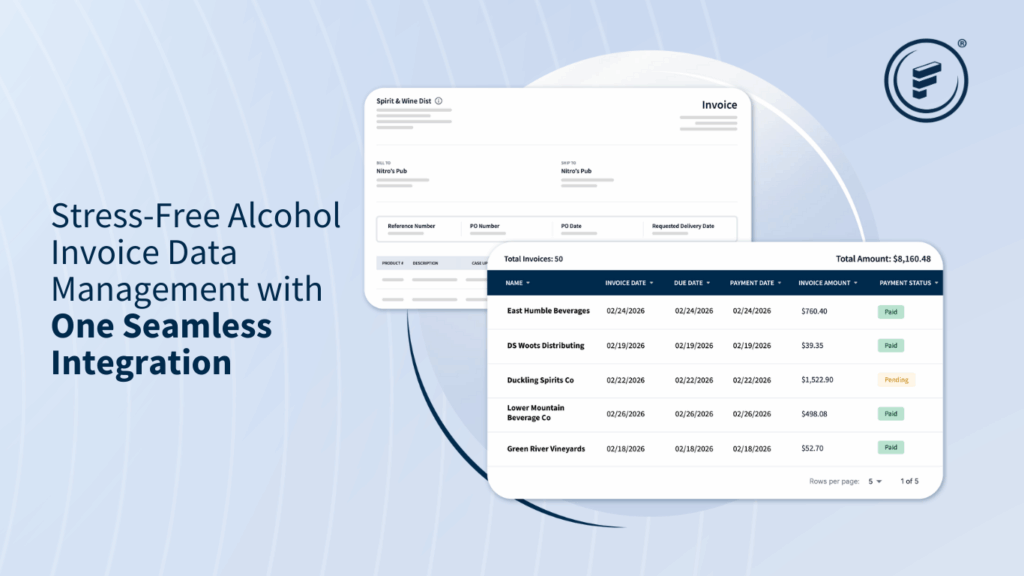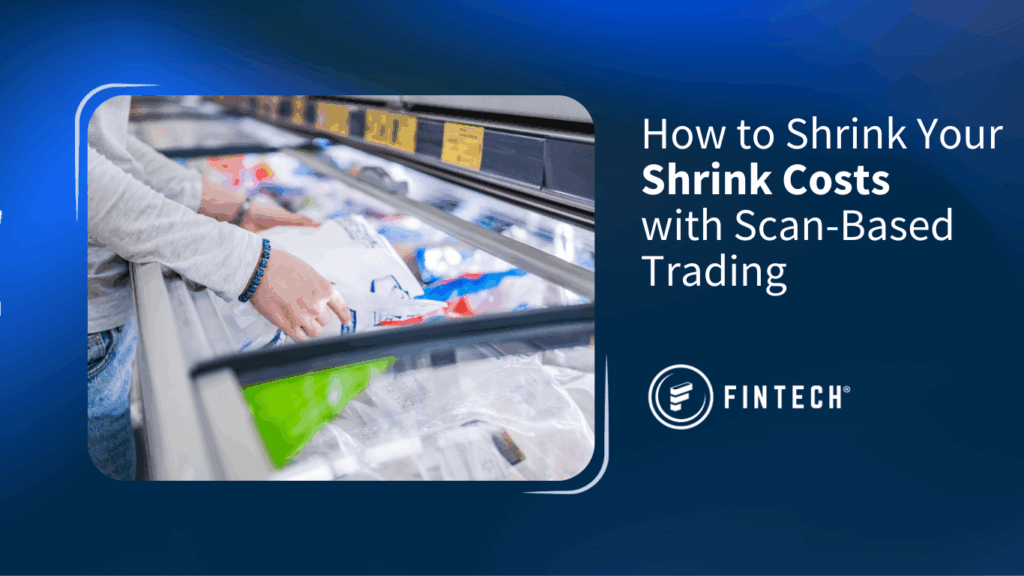In the first massive legislative overhaul since prohibition, COVID-19 regulations could change the to-go landscape forever.
In the 1920s, alcohol in the United States went through the most tumultuous legislative season ever. Within a window of fewer than 15 years, prohibition took effect through the eighteenth amendment and caused major social, economic, and political upheaval. Alcohol went underground, crime and corruption rose, and politicians drew lines in the sand. Then, in 1933, the twenty-first amendment was passed, repealing prohibition and changing our country’s history forever. Since then, alcohol laws have changed and adapted to accommodate new technology and consumer needs. However, no laws have had such an immediate and widespread impact until the COVID-induced stay-at-home orders.
While these orders were not solely intended to impact the alcohol industry like prohibition-era laws were, they led to nationwide closures of on-premise establishments and changed the way consumers accessed alcohol. Many states opened temporary legislation to accommodate to-go and delivery alcohol, allowing retailers to further financially support their business and consumers to access their libations without visiting an off-premise retailer. So now, on the other side of the shutdown, there is a potential for overwhelming long-term legislative changes that could impact our country for the next hundred years.
What changed?
Obviously, the first and harshest change came in the form of state-by-state on-premise closures. Bars, restaurants, entertainment venues, hotels, and the like were forced to shut their doors or adapt to business through the funnel of delivery or to-go orders. But traditionally, due to open container laws and the fear surrounding drinking and driving, retailers were prohibited from delivering or serving alcohol in to-go containers. Shortly after the onset of COVID-19 and the consequential shut down in America, states including Texas, New York, California, and more almost immediately made policy changes to allow restaurants to regain control over their alcohol sales through to-go allowances.
To accommodate the new allowances, retailers got creative with their alcohol offerings, creating unique menus that encouraged customers to pair a bottle of wine with their to-go spaghetti, or beer “buckets” to go with their delivery burgers. The packaging of drinks even became a new branding opportunity with restaurants designing special stickers for drink lids, or plastic containers with their logo. Now, as retailers across the country are opening their businesses and restarting their on-location service to customers, many are recognizing the opportunity that to-go and delivery can provide moving forward, should the law permit.
The success of to-go alcohol during the shutdown has been seen across the country, and now legislators are taking notice. Several states, including Fintech’s home state of Florida, have suggested the changes may be here to stay, with Governor DeSantis saying, “I allowed them to deliver alcohol, I think that’s been pretty popular – I think we’re going to keep that going. Maybe we’ll have the legislature change the law on that.” Illinois and New Jersey have already passed bills verifying that the emergency alcohol to-go measures that were put in place for COVID will be maintained for one year and six months, respectively.
What does this mean for me?
Obviously, these changes in legislation mean that retailers need to pay extra attention not only to the CDC guidelines regarding reopening safely but also to the regulatory restrictions in their state and county. From there, deciding to retain your to-go or delivery operations if you’re legally able to do so should be dictated by profitability and opportunity. Does offering alcohol increase the overall size of orders placed? Are people more inclined to include alcohol if it’s offered as a special or promotion? Are you able to premix drinks to cut down on individual prep time for each order? Keying into things like your highest-selling products and purchase pricing will help you determine the answers to these questions and help you decide whether to keep the service. Through Fintech, for example, retailers can identify the exact purchase price for each product, including any unanticipated fees or overages, then decide if the price they’re offering for their delivery alcohol is sustainable.
While it’s still uncertain that these laws will remain on the books long-term, it definitely harkens back to the days of prohibition, where consumer demand may significantly influence lawmakers’ decisions. In the words of Massachusetts representative and opponent of prohibition James Gallivan once stated, “I am speaking for the average American citizen who wants to have a drink when he wants it.”
At Fintech, we’re committed to bringing you the latest on regulatory changes and equipping retailers with the resources they need to adjust to changing business needs. Join us on June 24th at 2:00 PM EST as we host a panel webinar with executives from the nation’s leading brands to discuss best practices for operating under all the new post-COVID restrictions. Register today!






